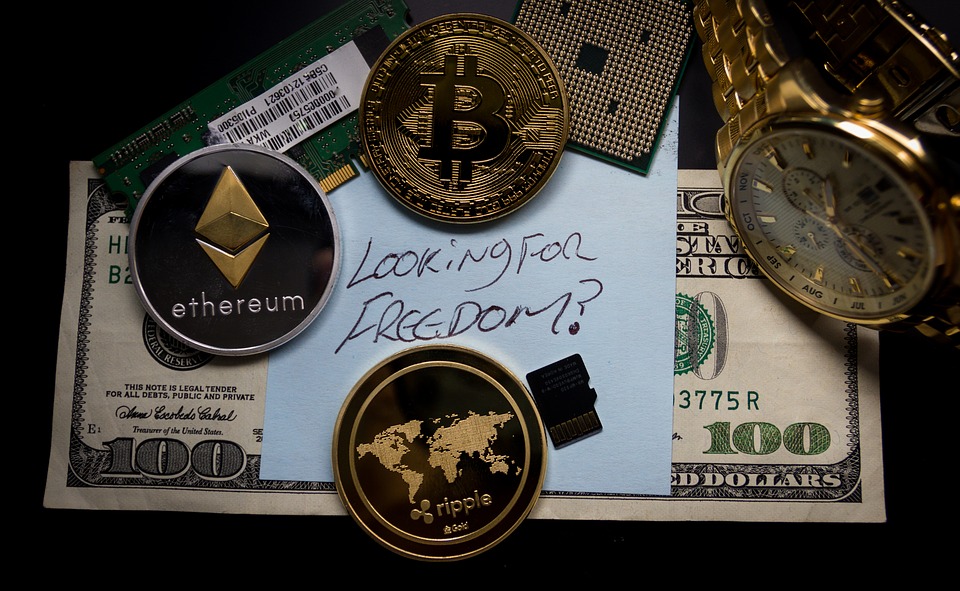Internet is not free. As advertisers worry about disinformation plaguing social media and consumers find ads more intrusive and stalking a New York Times report and recent studies published by Enders Analysis, Cliqz and Ghostery are suggesting that on average $23 of the monthly phone bill is going towards the bandwidth used by ads and trackers. Popular social media sites have up to 70 trackers and JavaScript elements that are slowing down page loads using up the data.
In the same time 2017 was a major stepping stone. Digital ad spending finally beat TV.
According to Magna Digital research, while TV took in $178bn or 35% of the market worldwide, digital advertising reached $209bn or 41%.
Digital advertising, one of the largest markets in the world is locked in a virtual duopoly. Most of it split between Facebook and Google that generate the majority of their revenues from ads, amounting to 98% and 99% respectively in 2017.
While estimates vary, forecasts predict that the two will control over 63% of digital ad spending for 2018, with Google owning over 42%, and Facebook 21%.
Amazon has been slowly gathering its own data and experimenting with a variety of advertising methods as well as opportunities in targeted advertising. Even though Amazon’s advertising share is far behind FB and Google (5th place) it grew 60 % in the last quarter of 2017 and could possibly disrupt the duopoly
All three giants are built upon an attention-driven business model where consumers are basically providing data that will be run in form of advertising against them.
Token model that we’re seeing emerge in the blockchain is a decentralized and community-powerered business model where people who create content get rewarded with the tokens that increase in value in the way that a stock price would increase as the impact of the system grows.
A few innovative blockchain based companies are already trying to disrupt this system.
Steemit, the first major social media platform built on the blockchain, was founded in 2016 to empower consumers to control and benefit from their social data. The Steem blockchain produces Steem Dollars which are tradeable tokens users obtain for posting and commenting on interesting content. As of Nov 2017, there are more than 450,000 Steem accounts and $30 million were paid out to over 50.000 users.
Brave Browser that famously raised $35 million in 30 seconds, during its ICO in June 2017, is the brainchild of Javascript creator Brendan Eich. It is an open-source, privacy-protecting, web browser with millions of users that blocks ads and trackers by default. It is available on Android, iOS, Windows, macOS and Linux.
Brave integrates Basic Attention Token (BAT) a decentralized, transparent digital advertising platform based on the Ethereum blockchain. BAT is also a digital ad exchange that allows advertisers to purchase ad space and user attention. It also offers analytics dashboards, ML matching algorithms, attention measurement & reward systems.
BitClave, a decentralized search engine, is another success story in a long sequence of exciting ICO launches recently. In November 2017 it hit the hard cap of $25.5 million within the first 32 seconds of its ICO. BitClave is building a decentralized search engine that helps users search for items without losing control of their own personal information. Users also get compensated every time they click on search results for products and services from their favorite brands. The process makes third-party advertising networks unnecessary.
Adoption seems to be growing for rewards through tokenization that drive transparency in location-based advertising, providing better reach for local businesses and offering customers a better deal in exchange. But marketers planning to use blockchain may have to overcome consumers’ general lack of knowledge about the technology and how things like cryptocurrencies work.






